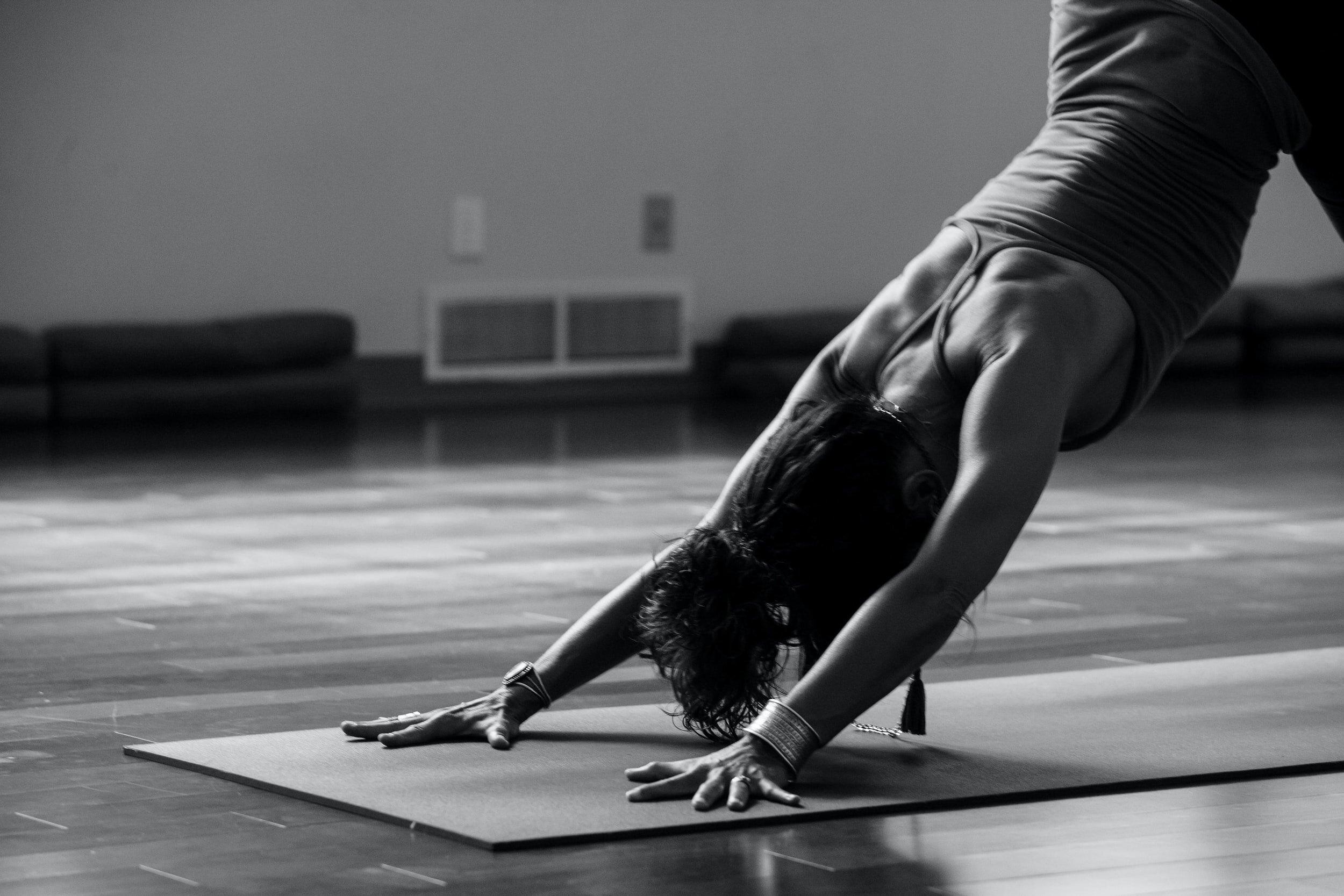4 Paths of Yoga: Raja
Raja Yoga is one of the four paths of yoga alongside Jnana (knowledge or self-study), Bhakti (devotion) and Karma (action), each offering a path to moksha (spiritual liberation) and self-realization.
In Sanskrit, Raja means ‘king" or ‘royal," referring to Raja Yoga as the "royal path"’ or principal form of yoga. Traditionally, Raja Yoga refers to both the goal of yoga and the method of attaining it. It is therefore also considered to be the state of peace and contentment that arises from sustained yoga and meditation practice. It is from Raja Yoga that Hatha Yoga and the modern asana practice developed.
According to Raja Yoga, the biggest obstacle to realising the Self is an overactive mind, attachment to the body-mind-intellect complex, and the egoic concept of a “me” which is individual and separate from the rest of the Universe. The way to overcome these obstacles is by calming down the activity of the mind and resting in That which remains when all thinking and patterning of consciousness ceases.
Raja Yoga suggests the tool of meditation: slowing down the chaos of the mind so much that, for an extended period of time, there is only one, continuous thought. This leads to total absorption in the nature of reality, known as Samadhi.
Raja Yoga is the path of self-discipline and practice. The Yoga Sutras of Patanjali is the classical text describing Raja Yoga and its eightfold path and practices. Hence, a dedicated asana, pranayama and meditation practice can be considered a tool for and to Raja Yoga.
Ultimately, most students and teachers in modern yoga studios are Raja Yogis!

